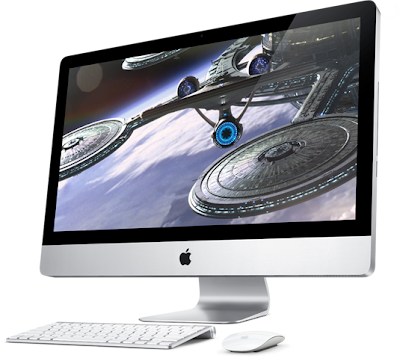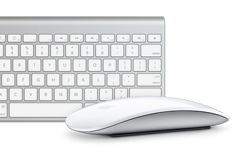It works in their favor to keep these myths alive, because their business depends on it. So what are they?
Myth 1: You need top of the line computer hardware
Maybe some years ago this might have been true with older computer hardware, but times have changed. When computers were much slower than they are now, the latest version of any computer hardware increased speeds noticeably and allowed new possibilities from your desktop computer.
Those increases from computer hardware no longer yield such a huge increase in performance. With the basic uses of the desktop computer set and been in place for a while now, speed increases no longer result in real world benefits for most desktop computer users.
What was great computer hardware last year is still good enough now.
Myth 2: Computer hardware is the domain of Geeks
When personal computing was coming into its own, you really did need to be a Geek to know what was happening. For those old enough to remember, imagine life without Windows and hacking away at the command line, as used to be the case. Some still do, but I wouldn't want to do that again.
Desktop computers are such commonplace that the basics of computer hardware can be understood and researched with the minimum of hassle. The ball is on the consumers side of the court. You no longer need to be a geek, just a little knowledge that is now readily available.
Myth 3: A faster desktop computer will speed up the Internet
Possibly. If you are running 5-year-old computer hardware this might be the case. But the real reason for the increase in speed is usually not the computer.
Internet speed is related to your connection speed. If you have a dial up connection, it's going to be quite slow. When you upgrade your desktop computer and they throw in a cable internet, or DSL package the improved speed is from the faster connection, not the computer. Both cable and DSL can offer more than 10 times the speed of a dial-up connection. The computer has little to do with it.
Myth 4: To speed your computer up, upgrade!
New computer hardware is a very obvious way to speed things up. Even I have gone for new parts purely for this reason.
But it's definitely not the only way.
Various factors play into overall speed. On a purely physical level, upgrading memory is still a fantastic way to get things to move along a little faster. But apart from this the main things that slows things down on the programs and other stuff you have on the computer.
Over time, as more programs are put on and taken off and changed, things get left behind, and things get forgotten. When your computer starts, many things get loaded into memory and each one of those takes that little bit more of the computers resources. When you switch to a new program and don't remove the old one, the older one will still use resources.
Myth 5: Big brands are the best
Big brands essentially piece together a computer. They pick and choose the pieces to make a computer package. They also choose some software, give a warranty and then sell it to you.
Dell computer company has become well known for its customer service. This is the best part about Dell computers. The downside is there are limited choices. They pick what goes into the computer, which are often quite expensive parts. They are motivated by the suppliers to put more recent parts into their computers, keeping the prices at the same level and maintaining the "to get more, pay more," mentality.
You don't have the power of these big guys, but you have something more. Choice.
Your pick of parts for your desktop computer will allow you to put together something completely tailored to your needs. Put the money where you need it most, into the computer hardware that makes the biggest difference to you, and in the end getting a desktop computer you will fall in love with, rather than despise.


























































